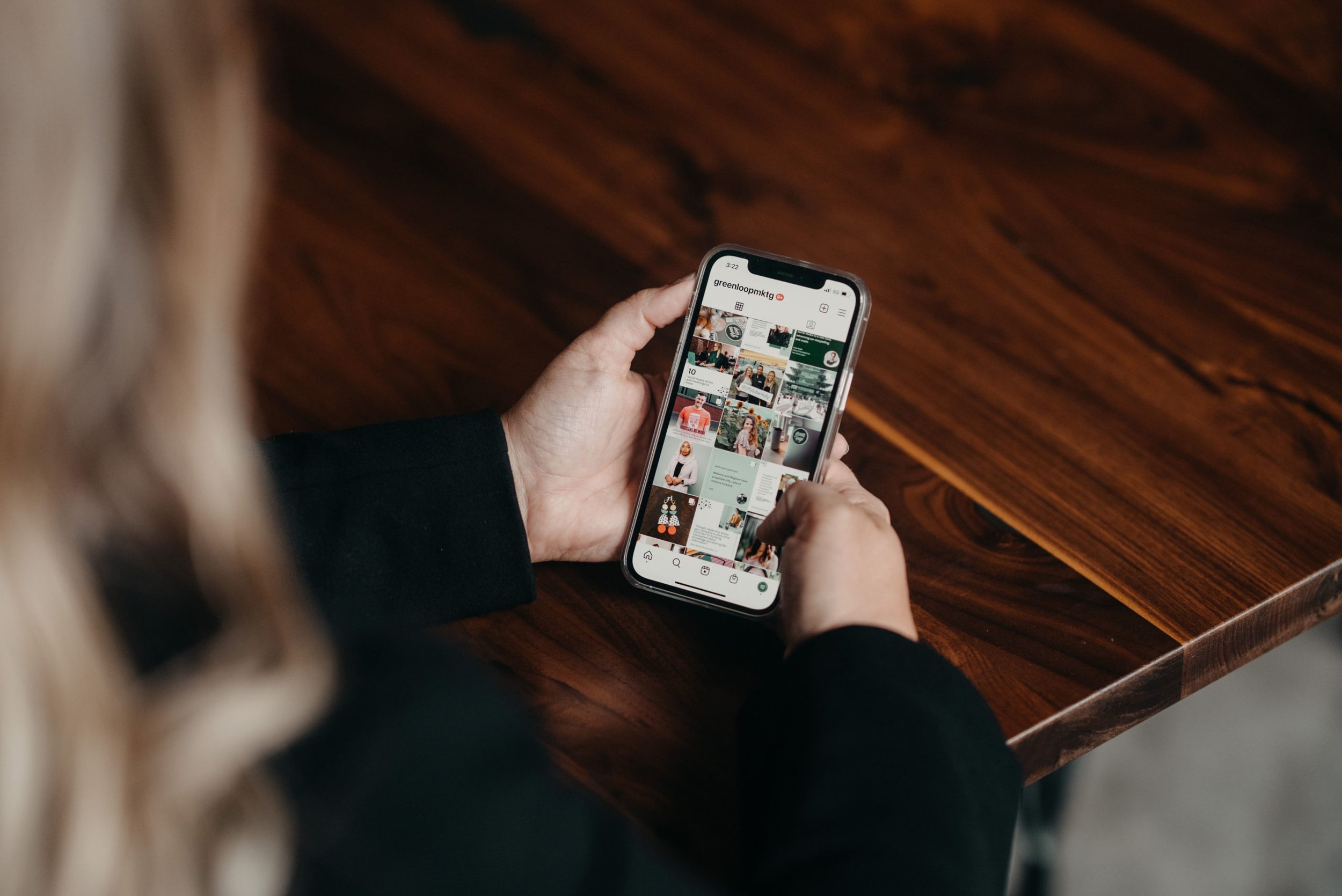5 Things to Not Freak Out About with Your Social Media
We’ll let you in on a little secret: Social media is hard, even for the pros.
Platforms are constantly changing. Algorithms shift. What got amazing engagement one day barely resonates the next. It’s easy to find yourself getting disappointed, especially when it comes to your organic social media efforts.
The good news? The things you’re likely panicking about might not be as important as you think.
Losing Followers
Losing followers is a normal part of having social media accounts. Seeing a few unfollows a month on each platform can be completely normal and can happen for a variety of reasons.
Sometimes people change careers, move outside your service area, or just no longer need your product or service. Other times platforms are deleting spam accounts and bots. We see this most regularly happening on Twitter. If you suddenly see a large number of unfollows, this is the most likely culprit.
Most of the time follower loss is balanced out by new followers. A deficit one month typically bounces back the next month. If you consistently see a shrinking audience for three or more months, then it might be time to do a deeper dive into what’s triggering it.
Having a Small Following
Everyone dreams of having tens of thousands of followers. While a large audience can be great, it doesn’t always translate into meaningful ROI. In fact, even accounts with big followers still face the challenges of an algorithm preventing their content from being seen by everyone.
Take Taylor Swift, for example. Her Instagram account has 173 million followers. The average likes on her posts in 2021? Somewhere in the 1-2 million range. The most likes any of her posts received is 4.8 million. That’s around 2.7% of her audience. While it’s completely plausible that some of the 168 million of her remaining followers didn’t feel like giving a post a like, it doesn’t seem likely that ALL of them wouldn’t, pointing to the algorithm getting in the way.
No matter your audience size, you’re going to be battling the challenges of algorithms for organic social media. What’s important is that you have an audience that shows interest and engagement. It’s better to have 500 followers with 50 who regularly like, comment, and share, than 10,000 followers with only 100 who regularly engage.
Fluctuations in Reach, Impressions, and Engagement
While it would be amazing for every month to show growth, it’s not always possible. In the B2B world we typically see the biggest impact around holidays. The summer months are challenging as people take vacations, and people (rightfully so!) also want to disconnect at the end of the year. It’s normal to see dips in your numbers around these times.
Each industry also has its own high-stress periods or stretches of expected disengagement. For our friends at the Indiana CPA Society, April through June are expected to be lower engagement months as their members finish tax season and decompress. For a retailer, the slow months might be January and February as people cut spending after the holidays.
No matter what your industry is, if you see a dip, don’t panic. Remember to take time to look at big picture trends, like engagement over a quarterly, six month, or yearly period to get a better picture of how your social media efforts are paying off.
Not Posting Every Day
We can’t all be the Buzzfeeds of the world. While content sites and big brands post round the clock, it’s not always plausible for small-to-medium sized brands. It’s not even possible or necessary for some large companies, as well!
Posting content every day is not always an effective strategy. In fact, we’ve even seen it hinder some! Everyone is unique, but in most social media audits we’ve completed, we’ve seen around 15-20 posts on a platform per month to be a sweet spot.
But if you're a small team with not a lot of hands on deck to produce content, don’t panic! Even posting 1-2 times a week can be effective. Take it slow and build up from there. The main goal is to find a number that’s maintainable AND provides value to your audience.
Having “Non-Professional” Photos
Working with a photographer to build your own internal collection of stock photos is a fantastic way to have branded photos for your marketing. But it’s not always accessible when you have a tight budget. Even if you work with a photographer, those photos will only last so long before you need to schedule another photoshoot.
The good thing about social media? You don’t have to have perfect photos. In fact, we’re in the age of authenticity where people want to see more real-life.
This doesn’t mean you shouldn't aim to have good quality photos (not blurry, pixelated, too dark, or over exposed), but taking snapshots with your phone can achieve beautiful results.
The most important thing is that you’re posting photos--especially those with faces! People like to see and connect with people, and posts with your team members, customers, or other individuals related to your brand are more likely to drive engagement.

